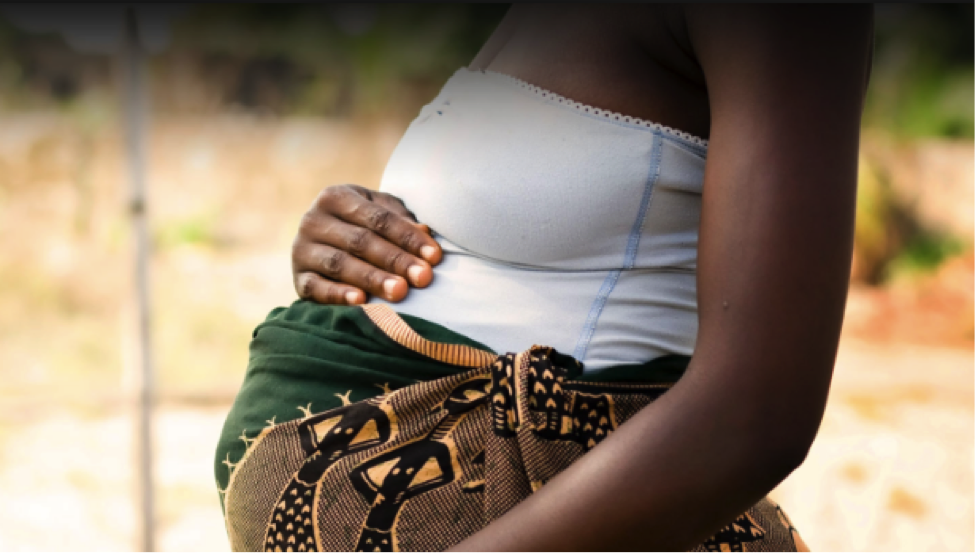According to the World Health Organization (WHO), approximately 800 women die every day due to preventable causes related to pregnancy and childbirth. Based on a census taken in 2015, it was estimated that 303,000 women worldwide died during or following childbirth, with 66.3% (201,000) of these deaths occurring in Sub-Saharan Africa alone. Maternal mortality ratios (MMR) range from as low as five deaths per 100,000 lives in developed nations (e.g. Finland, Sweden and Greece), to 546 deaths per 100,000 in developing countries (e.g. Cameroon, Côte d’Ivoire, Somalia and Kenya) [1].
Many of these developing countries have been devoted to reducing their MMR by 75% over a 25-year period (from 1990 to 2015) [1, 2]. Since 2000, reducing maternal death has been one of the eight Millennium Development Goals. By the end of 2015, maternal death decreased by 43.9% worldwide, with an annual decline of approximately 2.3% (from 1990 – 2015). Despite these mobilized efforts, MMR was only halved in Sub-Saharan African countries. During the United Nations General Assembly in 2015, UN Secretary-General Ban Ki-moon launched the Global Strategy for Women’s, Children’s and Adolescents’ Health, 2016-2030, with an ambitious projected MMR of less than 70 maternal deaths per 100,000 live births by 2030 [1].
The main causes of maternal deaths worldwide include postpartum hemorrhages (PPH, 22.3%), hypertensive disorders during pregnancy (pre-eclampsia and eclampsia, 18.5%), and unsafe abortions (approximately 14.5%). Such conditions are exacerbated by indirect socioeconomic factors such as poverty, malnutrition, anemia, and the high prevalence of pre-existing infectious diseases (primarily malaria, hepatitis and HIV/AIDS) [1].
The American College of Obstetricians and Gynecologists recently revised the definition of PPH as a “cumulative blood loss greater than or equal to 1,000 mL or blood loss accompanied by signs or symptoms of hypovolemia within 24 hours after the birth process (includes intrapartum loss) regardless of route of delivery.” Uterine atony accounts for at least 80% of PPH [3].
Active management of the third stage of labor (AMTSL) has proven to reduce PPH by 66%. The three key actions of AMTSL consist of (1) administration of uterotonic drugs within one minute of childbirth, (2) controlled placental delivery by cord traction, and (3) uterine massage. Oxytocin is the current gold standard uterotonic during AMTSL. The use and feasibility of oxytocin in developing countries remains very limited because of its storage and administration protocols (i.e. requires a skilled health provider, cold chain storage, and sterile syringes and needles) [4,5].
Merck for Mothers, the WHO, and Ferring Pharmaceuticals are collaborating to provide access to a heat-stable formulation of the uterotonic agent carbetocin [7]. Contrary to the gold standard therapy, heat-stable carbetocin (an oxytocin analogue) does not require cold chain transport and storage. It has been shown to have a shelf life of 36 months and remains chemically stable in temperatures up to 30°C for at least three years and in 75% relative humidity [6]. It has already been used for the prevention of postpartum hemorrhage in over 8.5 million women worldwide, primarily after caesarean section deliveries [7].
The CHAMPION trial, (Carbetocin Haemorrhage Prevention) funded by Merck for Mothers conducted by the WHO Department of Reproductive Health and Research, was recently featured in the New England Journal of Medicine. In this randomized, double-blinded, noninferiority, phase III clinical trial, a total of 29,645 women were enrolled and underwent randomization from 23 sites across 10 different countries (Argentina, Egypt, India, Kenya, Nigeria, Singapore, South Africa, Thailand, Uganda and the UK). This trial compared intramuscular injections of heat-stable carbetocin (at a dose of 100 mg) versus oxytocin (at a dose of 10 IU) in the prevention of hemorrhage after vaginal birth. The prevention of blood loss of at least 500 ml or the use of additional uterotonic agents in the heat-stable carbetocin group (14.5%) was demonstrated to be noninferior to the oxytocin group (14.4%) [RR 1.01; 95% CI 0.95 to 1.06]. However, noninferiority was not shown for the outcome of blood loss of at least 1000 ml (1.51% in the carbetocin group vs. 1.45% in the oxytocin group) [RR, 1.04; 95% CI, 0.87 to 1.25) [6].
Realistically, a route of administration that would not require the use of sterile needles would potentially make heat-stable carbetocin even more appealing to use in developing countries where bloodborne infection-control protocols are not strongly regulated. In conclusion, the use of heat-stable carbetocin is extremely promising in the global effort of reducing PPH, especially in parts of the world where optimizing the storage and shelf life of oxytocin has been challenging.
- Alkema L, Chou D, Hogan D, et al. Global, regional, and national levels and trends in maternal mortality between 1990 and 2015, with scenario-based projections to 2030: A systematic analysis by the UN maternal mortality estimation inter-agency group. Lancet. 2016;387(10017):462-474.
- Say L, Chou D, Gemmill A, et al. Global causes of maternal death: A WHO systematic analysis. Lancet Glob Health. 2014;2(6):e323-33.
- ACOG Practice Bulletin Number 183. Oct 2017.https://www.acog.org/Clinical-Guidance-and-Publications/Practice-Bulletins/Committee-on-Practice-Bulletins-Obstetrics/Postpartum-Hemorrhage
- Bhutta ZA, Black RE. Global maternal, newborn, and child health–so near and yet so far. N Engl J Med. 2013;369(23):2226-2235.
- Prata N, Bell S, Weidert K. Prevention of postpartum hemorrhage in low-resource settings: Current perspectives. Int J Womens Health. 2013;5:737-752.
- Atukunda EC, Siedner MJ, Obua C, Mugyenyi GR, Twagirumukiza M, Agaba AG. Sublingual misoprostol versus intramuscular oxytocin for prevention of postpartum hemorrhage in uganda: A double-blind randomized non-inferiority trial. PLoS Med. 2014;11(11):e1001752.
- Widmer M, Piaggio G, Nguyen TMH, et al. Heat-stable carbetocin versus oxytocin to prevent hemorrhage after vaginal birth. N Engl J Med. 2018.
- Heat-Stable Carbetocin for the prevention of postpartum hemorrhage. Ferring Pharmaceuticals. https://www.conceptfoundation.org/wp-content/uploads/2017/05/Project-Overview-Heat-Stable-Carbetocin-Outside-US-and-Canada-April-2017.pdf
Luce Kassi is a current fourth year medical student at the University of Arizona COM-Phoenix. Luce is hoping to pursue a career in OBGYN, with a primary focus on Global Health. On her time off, she enjoys traveling with her sisters and friends, trying out new restaurants in the valley and attending Spin classes at the Madison Tempe.


